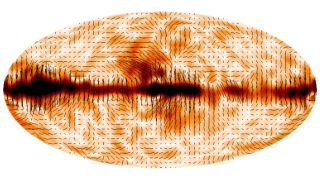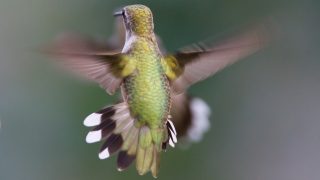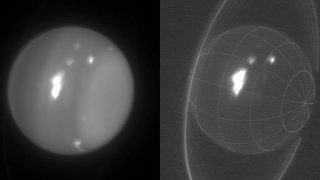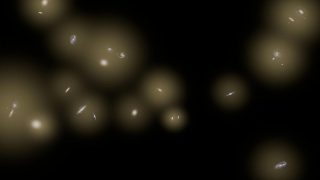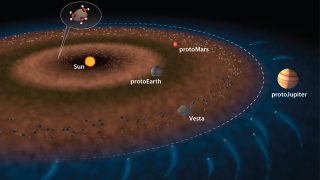
MI weekly selection #105
Joint oscillation of Jupiter, sun might detect gravitational waves The joint oscillation of the sun and Jupiter might hold the key to detecting gravitational waves. Oscillations from Jupiter in 2011 were detected in frequencies that matched the sun’s. Researcher Ibrahim Semiz suggests that the oscillations might have been caused by gravitational waves, and other researchers […]
